QuestionI have had my oscar fish for about 5-6 months.When purchased my oscar, it was in a big tank with only a placostamas of same size. In the last week or so my oscars been acting different.Then i went to change the water in the tank and noticed some white like things floating around the top of the water.It kinda looked like water-logged popcorn.Immediatly I thought my 4 yr old daughter had thrown something in.So i fished out about 8-10 of these white floating things and disposed of them, then continued on cleaning the tank. Well about one week later im looking into oscars tank again and noticd again,these same strange white floaties. I've left them inside the tank,a few more days later noticed that they have like a white hair or fuzz around them.Thers about 10-18 of them.So my question is...Is it possible for the oscar and placostamas to fancy eachother? Could these possibly be placostamas babies? Where does the oscar store these babies? or could the placostamas have babies? If there not placostamas babies, how come the placostamas doesn't eat them himself? Could my oscar fish possibly have been with babies when i purchased it?Does the oscar eggs have to be fertilized by only another oscar fish only?Iwonder if i could get a good photograph of what these eggs were to look like?
AnswerHi Heather,
Both plecostomus and oscars are egg layers. The female lays eggs on a hard surface, like a rock, or the bottom of the tank, and then the male fertilizes these externally, i.e., he sprays sperm over the eggs. So, it is not possible for either an oscar or a plecostomus to get pregnant as such.
The eggs of either of these species do not float. And no, they cannot mate with each other. It is possible for a lone female oscar to lay eggs all by herself. Because there is no male, the eggs will not be fertilized and therefore cannot develop.
Oscar eggs are about 2mm in length.
-- Ron
rcoleman@cichlidresearch.com
Cichlid Research Home Page <http://cichlidresearch.com>

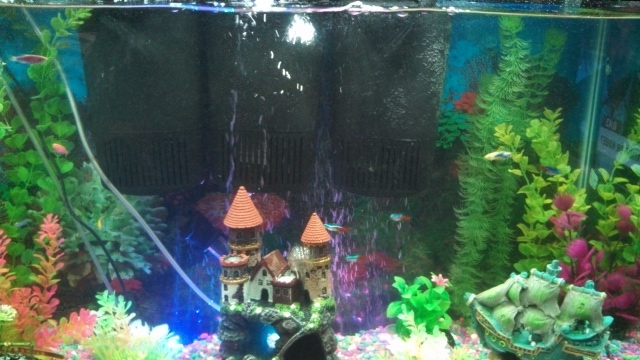 ammonia 0.02
Question
ammonia
Ammonia 0.02 is that a reason t
ammonia 0.02
Question
ammonia
Ammonia 0.02 is that a reason t
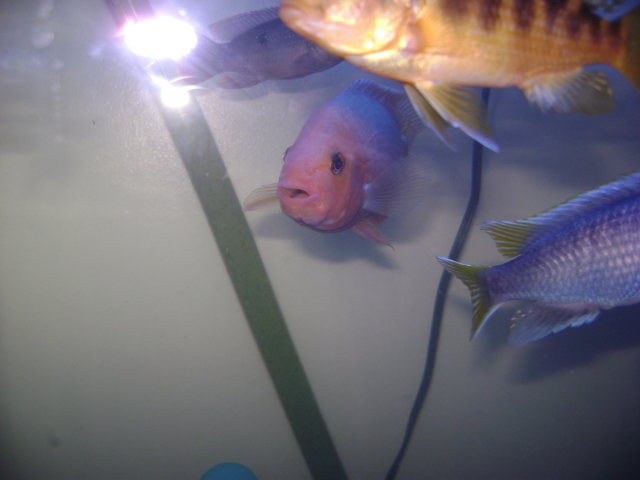 Red Devil ate plastic
Question
Hes the red one in th
Hi Ron I really h
Red Devil ate plastic
Question
Hes the red one in th
Hi Ron I really h
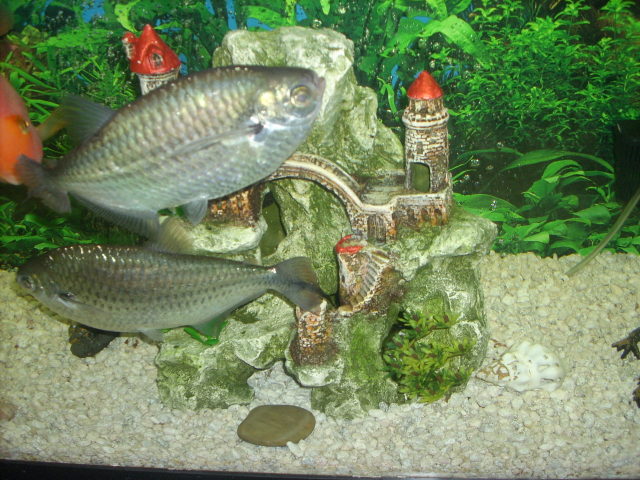 What kind of fish
QuestionQUESTION: I have a 125 gallon freshwater tank t
What kind of fish
QuestionQUESTION: I have a 125 gallon freshwater tank t
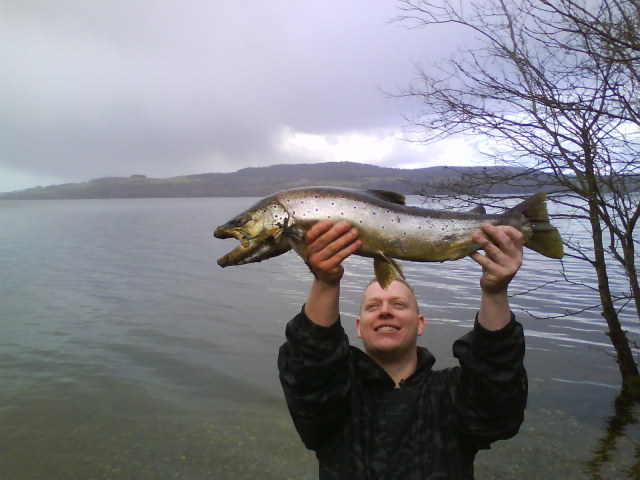 salmon or sea trout
Question
salmon or sea trout?
hi there
i caught this
salmon or sea trout
Question
salmon or sea trout?
hi there
i caught this
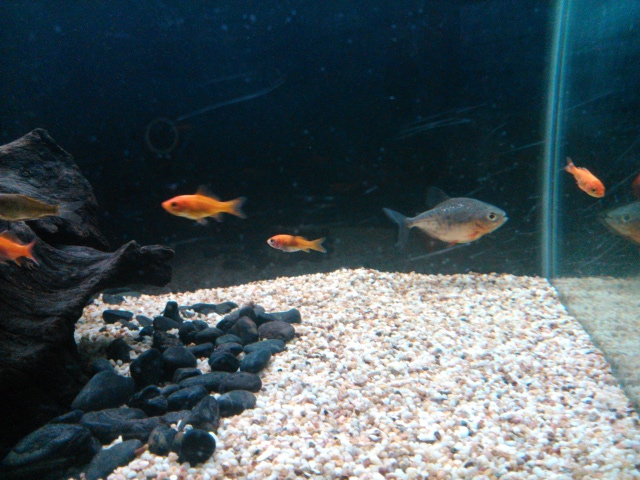 Carnivorous Top Dwellers
Question
This is the Pacu This is the Snakehead,
Carnivorous Top Dwellers
Question
This is the Pacu This is the Snakehead,